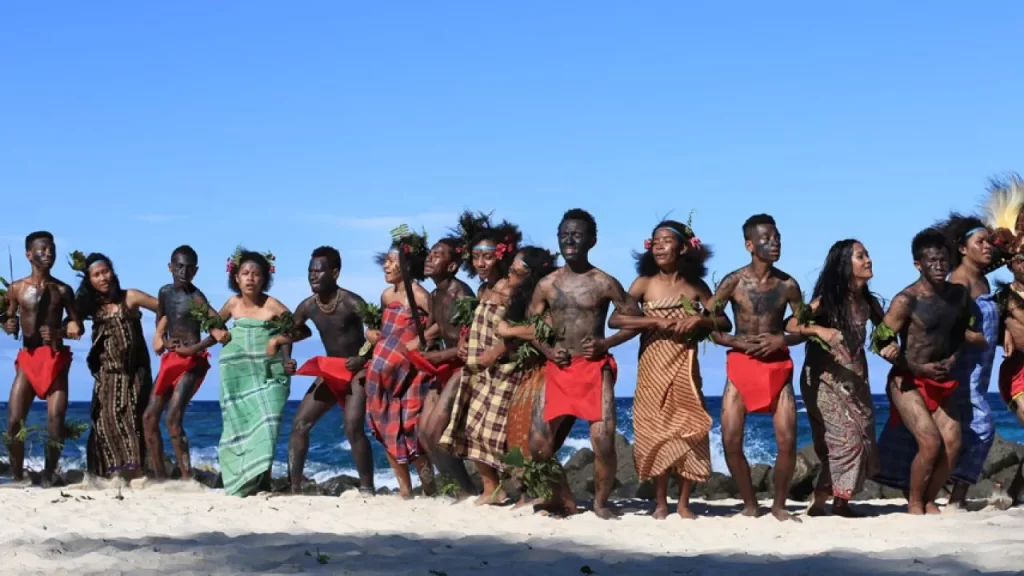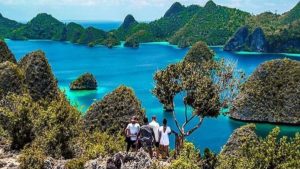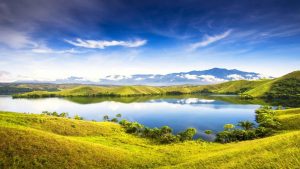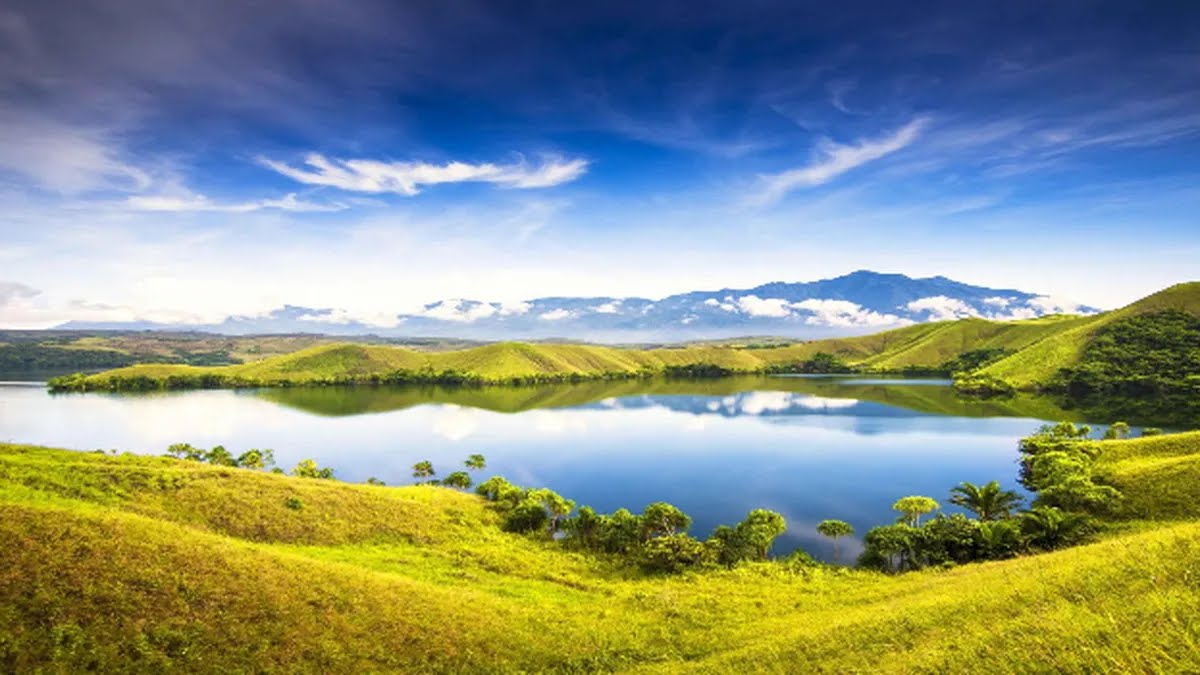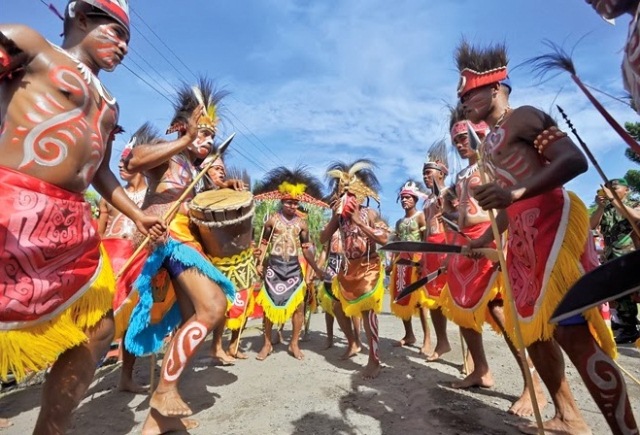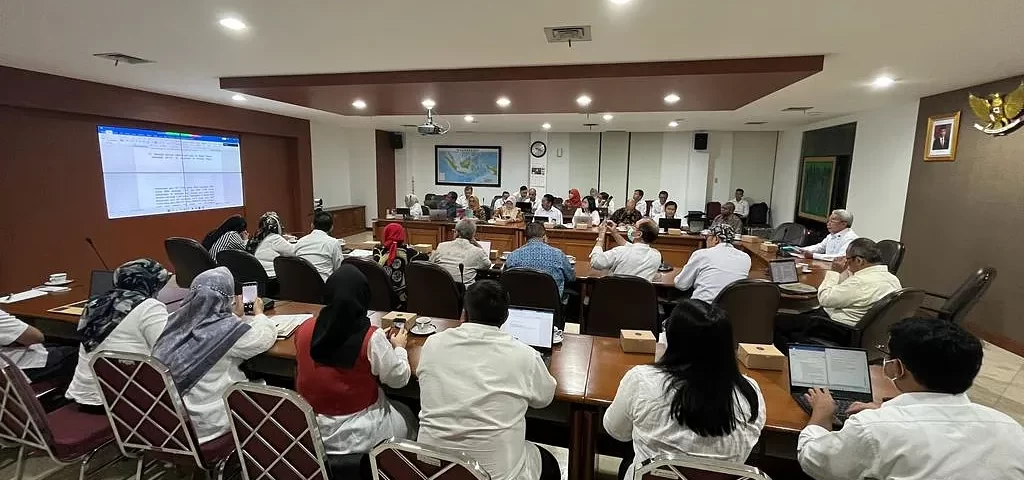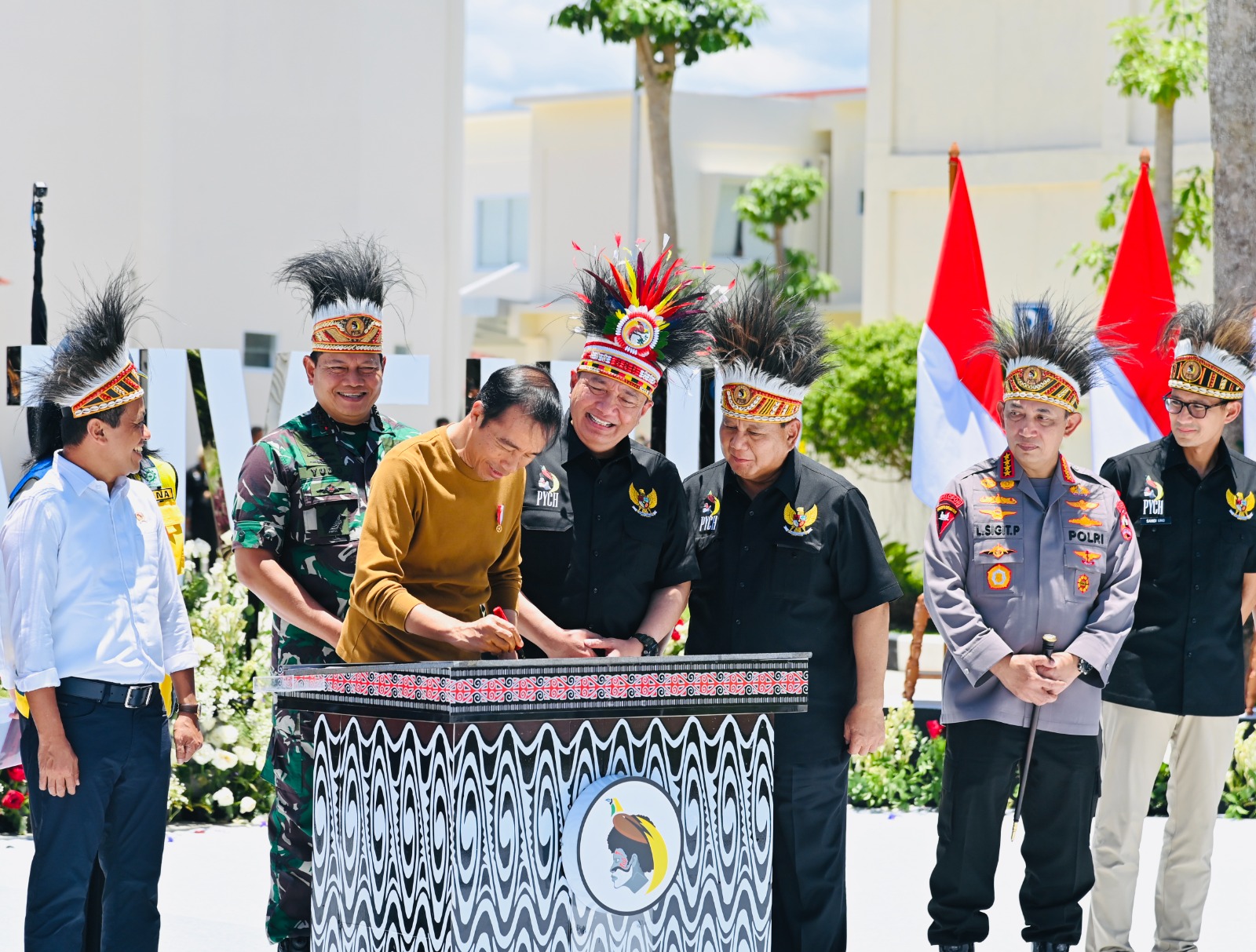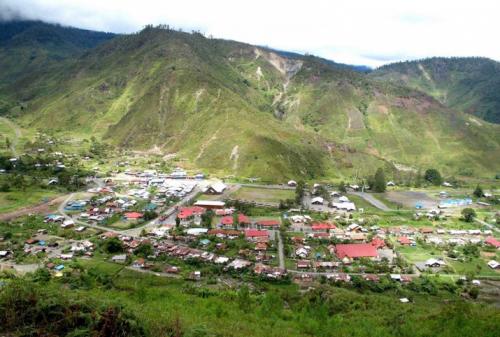Population of West Papua is increasing every year. According to the Indonesia Population Census in 2020, there are 1, 13 million people currently inhabit the 12 regencies and 1 city in West Papua, almost half of them are immigrants from other provinces in Indonesia. Learning about the population and demographic of West Papua is very interesting because people from different backgrounds and ethnicities live in harmony in this province.
Brief Overview of West Papua
The capital city of West Papua is Manokwari. The province is divided into 12 provinces (Sorong, Manokwari, Fakfak, South Sorong, Raja Ampat, Teluk Bintuni, Teluk Wondama, Kaimana, Tambrauw, Maybrat, South Manokwari and Pegunungan Arfak) and 1 city (Sorong). Teluk Bintuni is the largest area while Sorong is the smallest area in West Papua, this city has the biggest population in the province.
There are 597,128 men population in West Papua, while the women population is 546,940. 51.5% population of West Papua is native Papuans, while the rest are immigrants that come from the other provinces of Indonesia.
Culture
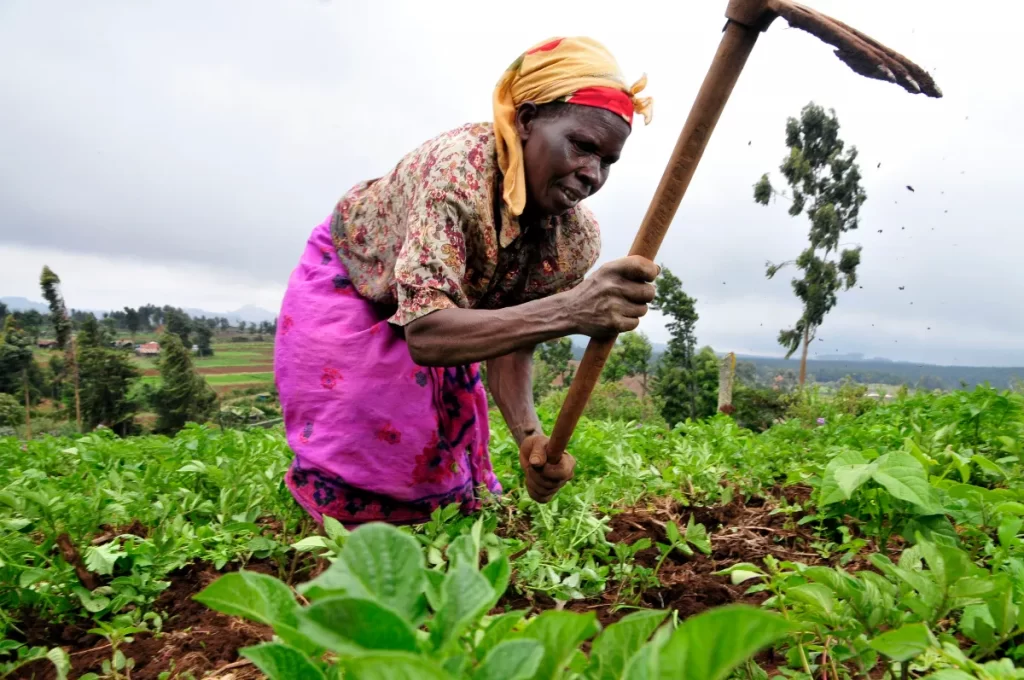
West Papua culture is rich and diverse because there are more than 250 local tribes. Every tribe has their own culture, language and customs. Some tribes still strongly preserve their local culture and totally refuse to adopt foreign culture into their life. Meanwhile, some others, especially those who live in the city or areas with a lot of immigrants are incorporating foreign cultures into their local cultures.
Due to the cultural diversity, West Papuans have so many beautiful dances. Sajojo Dance is one of the most popular, and it is even famous outside West Papua. Its cheerful movements really energize those who watch and dance to it. Lively and energetic movements are the most prominent characteristic of West Papua dance, which sets it apart with traditional dances from the other areas in Indonesia that focuses on grateful and slow movements.
Geography and Economy
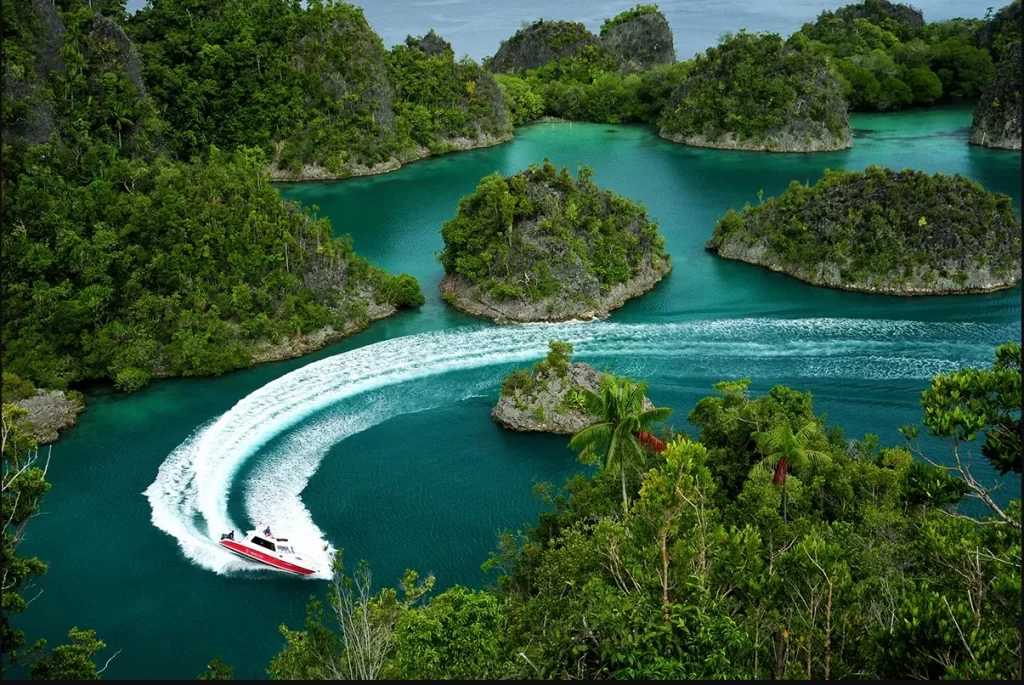
West Papua is rich in natural resources, especially gold, gas and silver. The geographic condition is also very suitable for agriculture, farming and fishery industries. Those who live in the mountainous region of West Papua make a living from farming and raising animals. The best agricultural commodities in West Papua are potatoes, corn and soya beans. Meanwhile, the most prominent husbandry commodity in West Papua is pigs.
Now, West Papua is also known for its beautiful tourist attractions. One of them is Raja Ampat. Raja Ampat is the tourism icon of West Papua, and even Indonesia. It comprises 1,500 small Islands and area is around 40,000 km2. The development of Raja Ampat as an international tourist attraction has brought a new source of income for the citizens in the area.
Locals recommend visiting Raja Ampat between May and October because the weather is fine and the sea is friendly. Tourists can visit Piaynemo to take beautiful pictures with the bluish sea as the background, dive in the Manta Pool or go for a walk in Puncak Harfat. Every single place in Raja Ampat is a heaven on earth.
Besides Raja Ampat, there are still many beautiful tourist attractions in West Papua such as Cenderawasih Bay National Park, Arfak Mountain and Sontiri Hill. It shows that West Papua has a huge tourism potential that should be developed to its fullest. West Papua still has so many untapped potentials. Population of West Papua is increasing, but it still has the potential to grow even more, considering how big this province is. It is important to manage all of its potentials, including the human resources to make West Papua and its citizen more prosperous.





